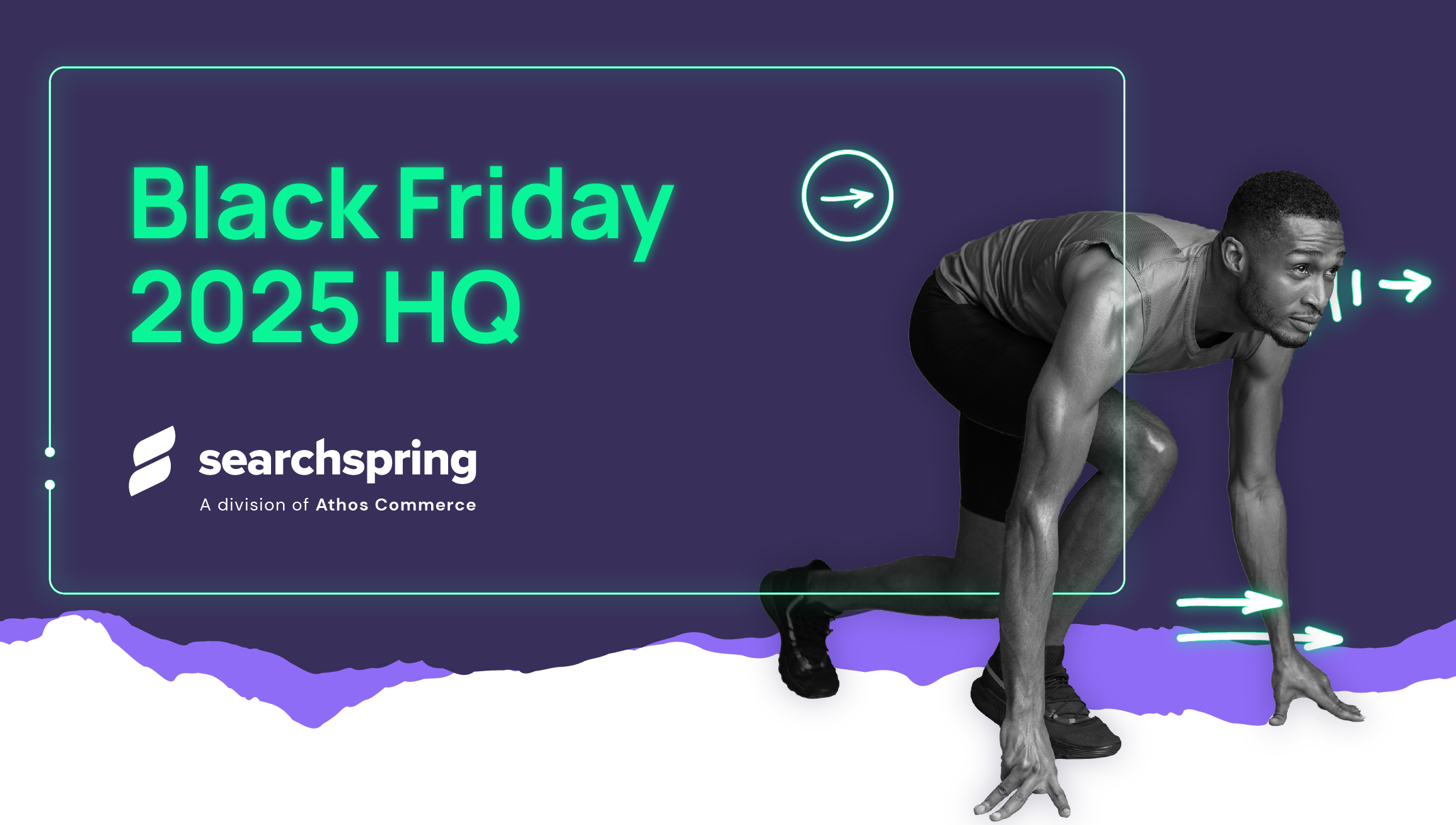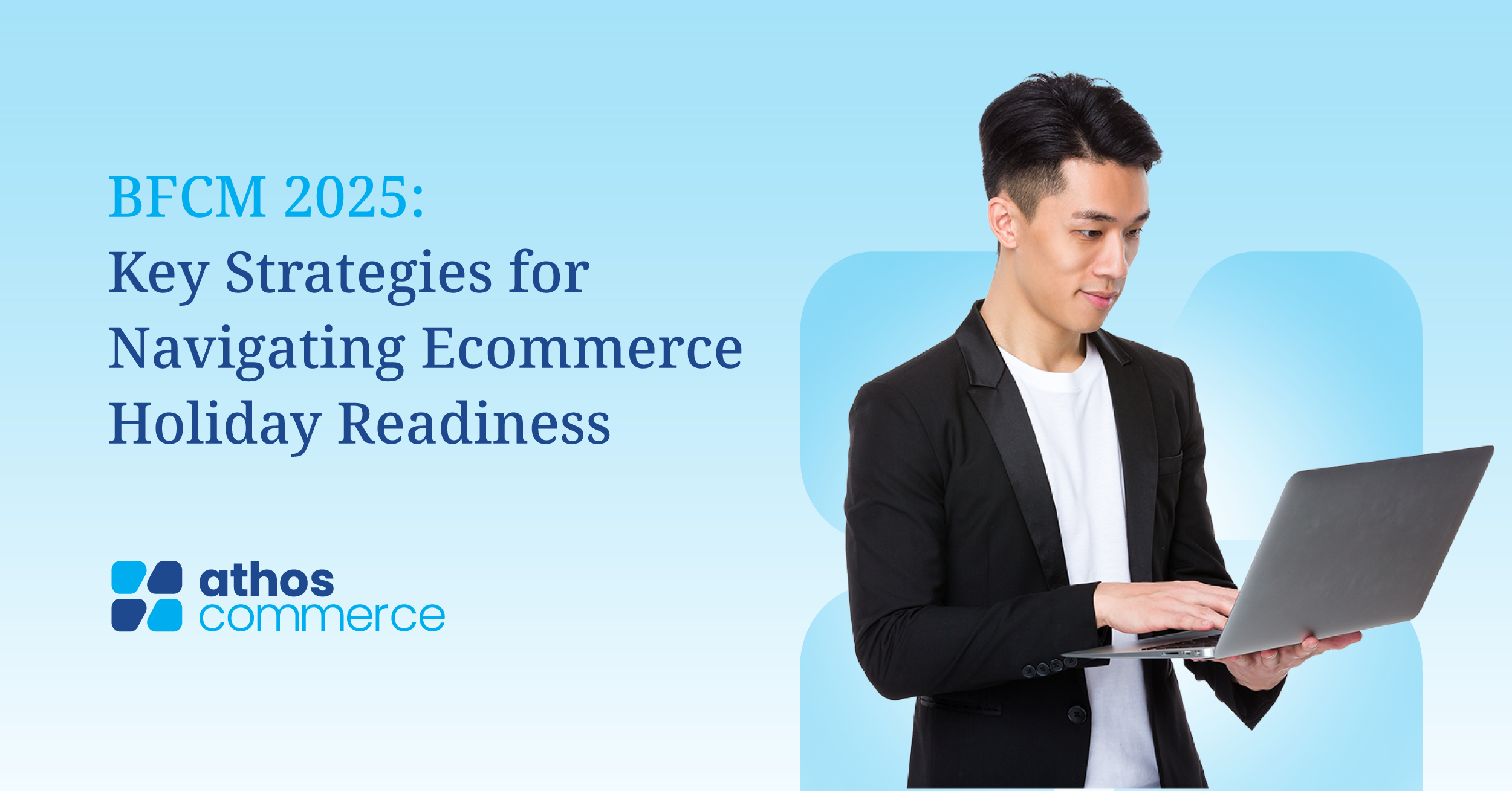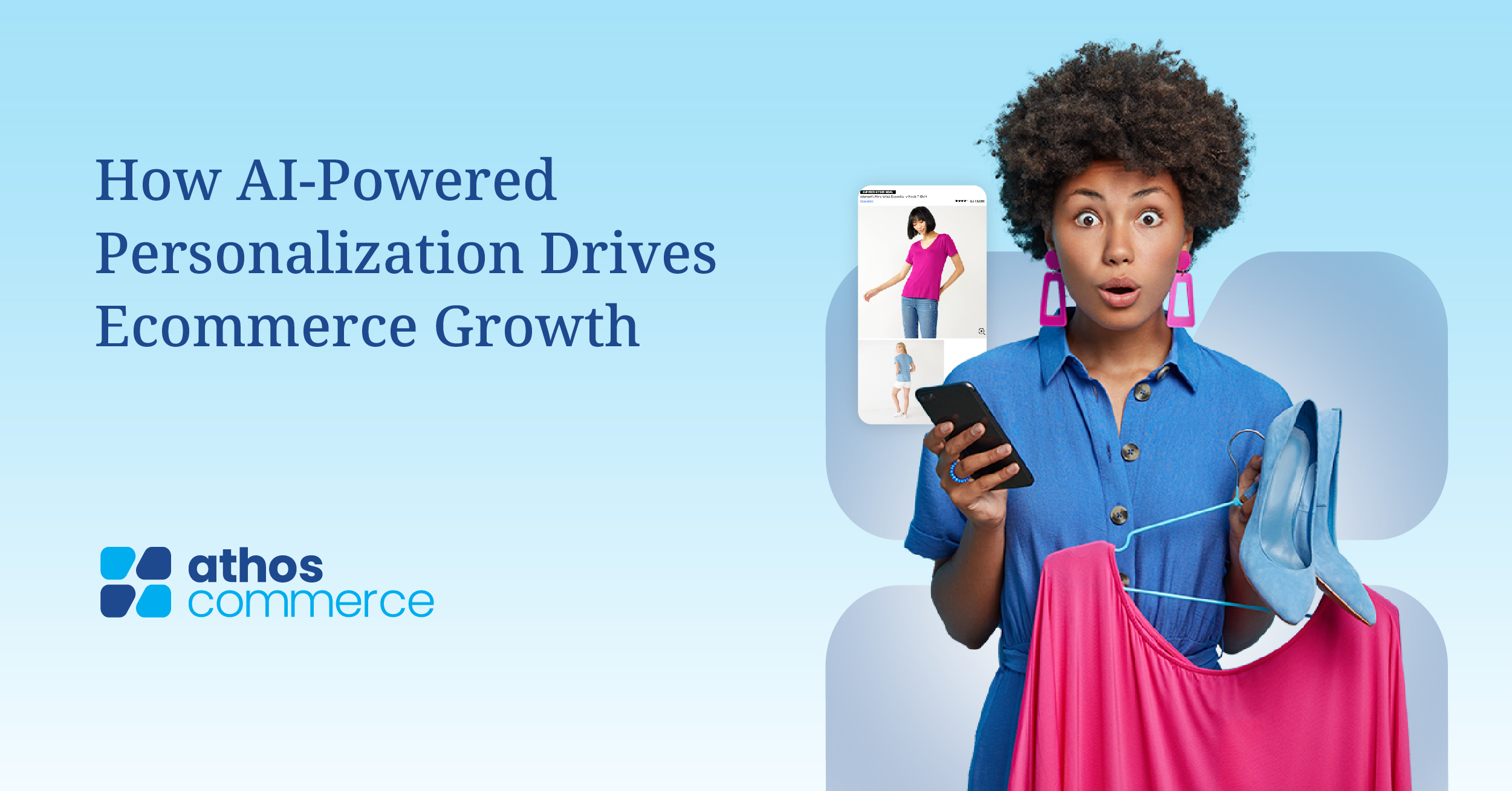Shoppers haven’t stopped buying, but they are far more cautious about when, where, and how they spend. Economic uncertainty, rising costs, and fixed household budgets have created a shift in mindset: what might have once been an impulsive purchase now demands justification. What used to be a frictionless checkout may now be an abandoned cart.
For ecommerce teams, this means the shopper journey needs to do more than guide—it needs to reassure.
In the third installment of our Retail Resilience series, we’re exploring how retailers are adapting to the reality of more selective spending by creating personalized journeys that inspire confidence, reduce hesitation, and ultimately drive conversions.
Shoppers are spending more cautiously—not deliberating longer
Even loyal customers may be tricky to rely on for conversions this year. Rising costs, job concerns, and tighter household budgets mean many shoppers arrive with a fixed amount they’re willing (or able) to spend. That often translates to buying just one item—or skipping the cart entirely if they don’t see immediate value.
Impulse buys? Less likely. Upsells? Only if they feel relevant and essential.
This is where personalization plays a critical role. The retailers seeing stronger conversions right now are the ones who understand exactly what their shoppers want and how to guide them toward value without overwhelming them. That means tailoring search results, product bundles, and recommendations based not only on behavior, but on buyer intent, price sensitivity, and real-time context.
The right experience doesn’t just convert—it respects the shopper’s constraints and makes the most of every visit.

Confidence starts with relevance
When budgets are tight, buyers don’t have patience for guesswork. If search results feel off, if recommendations don’t reflect current behavior, or if key product information is buried, hesitation grows and conversions drop.
We’re seeing high-performing retailers shift their approach by:
- Investing in AI-driven site search that captures shopper intent—even with vague or conversational queries
- Using real-time, dynamic recommendations that adjust based on price range, category, filters, and region
- Highlighting curated product bundles that offer value without overwhelming the shopper with too many options
The goal isn’t to push more SKUs; it’s to deliver more confidence. When the journey feels personalized and relevant from the first click, shoppers are far more likely to stay engaged, explore deeper, and complete the sale.
Discovery doesn’t end at the PDP
Too often, brands think the hard work ends once a shopper clicks on a product. But in a more cautious economy, the product detail page (PDP) has become a decision hub—not a formality.
It’s where shoppers look for reasons to move forward or excuses to walk away.
Retailers adapting to this shift are building richer, more supportive PDPs with:
- Clear product metadata and shipping info tailored to shopper region
- FAQs and user reviews that proactively address concerns
- Smart cross-sell and upsell modules that suggest essential, high-value add-ons
- Mobile-optimized design that keeps the entire decision path friction-free
The most successful teams are treating post-click personalization as part of the product discovery journey—not something separate from it.
Trust becomes your greatest asset when spending slows
Retailers can’t control market conditions, but they can control how shoppers experience their store. Right now, the brands seeing the strongest results are those that use personalization not just to sell, but to support.
When you surface the right products, guide the shopper with intent-aware recommendations, and reinforce confidence at every step, you create a journey that feels thoughtful—not transactional.
In 2025, that’s exactly what cautious, value-driven shoppers are looking for.
Want to see how your on-site experience stacks up?
Request a free shopper journey audit or learn how Athos helps brands personalize smarter.
________
Other articles in this series:




